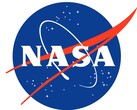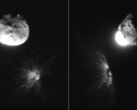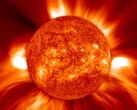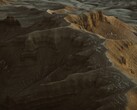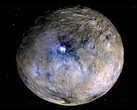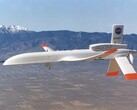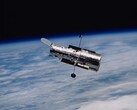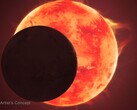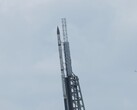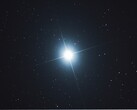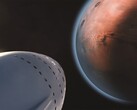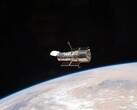A team of astronomers has discovered a tiny new moon orbiting Uranus through the analysis of data from NASA's James Webb Space Telescope. The discovery — made by analyzing a series of long-exposure images taken on February 2, 2025 — brings the total recorded number of moons orbiting Uranus to 29, a number that makes it look like the Earth was cheated.
This estimated diameter of this satellite is only 6 miles (10 kilometers), making it particularly small. The lead scientist, Maryame El Moutamid, suggests its tiny size is the likely reason it wasn't spotted by the Voyager 2 during its flyby of Uranus in 1986. Though that is not the only thing the spacecraft missed, just recently, it was also discovered that Uranus gives off more heat than it receives from the sun, changing what scientists previously thought.
The new moon is the 14th identified member of the ice giant's system of small inner moons, it orbits around 35,000 miles (56,500 km) away from the planet's center, between the orbits of Bianca and Ophelia.
No other planet has as many small inner moons as Uranus, and their complex interrelationships with the rings hint at a chaotic history. —Matthew Tiscareno of the SETI Institute.
The researchers note that the data is from “Webb science in progress” and has not yet been through the peer-review process. A formal name for the moon will need to be approved by the International Astronomical Union. The discovery showcases the power of Webb's infrared sensitivity, which allows it to detect faint objects that were beyond the reach of previous observatories, pushing space exploration even farther than missions like Voyager 2 did.
Source(s)
Image source: NASA (linked above)





